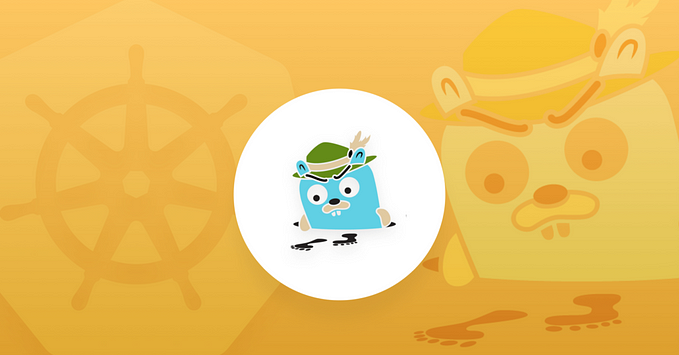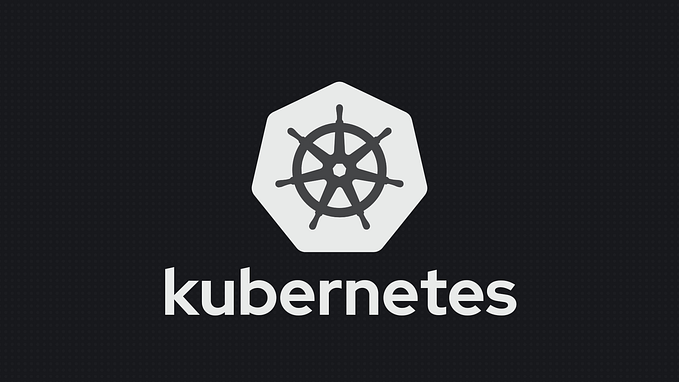
FOSS in Flux: Redis Relicensing and the Future of Open Source
In the past few years we’ve been witnessing tectonic shifts in the open source realm, with established projects taken off open source or otherwise turning to the dark side. On the other hand, we’ve seen active forks aiming to keep these projects open gaining momentum.
What does it mean for the Free and Open Source Software (FOSS) movement? Is this a trend or just a passing wave? What can we learn from it as vendors and as a community?
For four years, we’ve delved deep into the realms of DevOps, observability, and open source on OpenObservability Talks, and I’m thrilled to wrap up the fourth season by speaking with David Nalley, Director of Open Source Strategy at AWS and President of the Apache Software Foundation, and an open source veteran dating back to the early days of the Fedora Linux Project.
In this special episode we looked back at the past year, including the very recent relicensing of Redis. We’ve seen significant shifts in the open-source landscape, with prominent projects being relicensed away from open-source. We’ll explore what this means for users, the free software movement, and how we as vendors and a community can navigate these changes.
Watch the replay of the podcast livestream here:
A Brief Overview of Open Source Shifts
In recent years, several high-profile open-source projects have moved away from their original licenses. Elasticsearch, Terraform, and most recently Redis, are just a few examples. For many years these projects had been celebrated for their open-source contributions but have since changed their licensing terms, sparking considerable debate and concern. I even started wondering whether vendor-owned open source is an oxymoron.
Redis: A Case Study in Relicensing
Redis, a popular key-value store database, is a prime example. Originally licensed under the permissive BSD-3-Clause License, Redis enjoyed widespread adoption and an active community. However, in March 2024, Redis Labs (now Redis Ltd.) announced a license change, moving Redis to a license that no longer qualifies as open-source.
David provided insight into this situation. Redis has been a staple in the tech stack of many developers, especially in ecosystems like Ruby and Node.js. The relicensing decision was a shock to the community, which had relied on Redis’s open-source nature.
However, the story didn’t end there. The community quickly rallied to create a fork called Valkey, led by some of the main maintainers of Redis, which moved to the Linux Foundation to ensure its open-source future.
“Valkey is really the continuation of that Redis developer community just because they no longer have control of the trademark, they moved to a different name,” David said.
This rapid response highlights the resilience and dedication of the open-source community, even when faced with significant challenges. OpenObservability Talks will hold a dedicated episode on the Redis forking and the Valkey project, so stay tuned.
The Broader Impact of Relicensing
Relicensing doesn’t just affect the immediate community around a project; it has far-reaching implications for the broader ecosystem. As David emphasized, relicensing introduces uncertainty and risk for users and organizations that rely on these projects.
One of the immediate impacts is legal scrutiny. Lawyers and IP experts must re-evaluate the terms of the new license, causing delays and potentially halting adoption. For businesses, especially those with significant investments in a particular technology, this can be a major disruption.
Moreover, relicensing can create confusion around compliance. Many new licenses introduce field-of-use restrictions or other clauses that may affect downstream users and their customers. For instance, imagine a restriction on using certain software in nuclear power. Such a restriction might seem irrelevant to most businesses at first, but could impact businesses selling to the government or other sectors involved in nuclear energy.
“A lot of these licenses are built on the concept that you will essentially not compete with the progenitor of the software,” David said. “And that can be confusing for some companies.”
Balancing Business and Community Interests
A recurring theme in our discussion was the balance between business needs and the ethos of open-source. Running a successful business requires meeting payroll and satisfying investors, which can sometimes seem at odds with the principles of open-source.
David pointed out that the core issue often lies in misunderstanding what open-source can and cannot do for a business. Open-source is a development methodology, not a business model. Companies must be clear about what they are giving away for free and what they are selling. The confusion between the two can lead to unsustainable business practices.
Advice for Vendors And Entrepreneurs Building Open Source
For vendors considering open-source projects, David offers crucial advice: understand your reasons for open-sourcing and align them with your business goals.
“I think people have preconceived notions about what launching an open source project does for their business, and they all assume that they understand and that they’re aligned on the same exact reasons for open sourcing, but they haven’t actually had the conversation,” David said. “And so the first question is, why are you participating or moving something to open source in the first place? And then the second question is, how does that advance your business?
Open source can drive innovation, reduce redundancy, and foster community collaboration, but it must be part of a broader strategy that includes a clear path to monetization for the vendor.
Startups, in particular, need to be clear about how they will convert free users into paying customers. Without a well-defined plan, even the most popular open-source projects can struggle to sustain themselves financially.
Looking Ahead: The Future of Open Source
As we wrap up this season, it’s clear that the open-source landscape is evolving. While we see open source turning to the dark side, we also see the force with the community. The creation of forks like Valkey demonstrates that the spirit of open-source endures, driven by a collective commitment to transparency, collaboration, and sustainability.
In our next episode, we’ll dive deeper into the Valkey project with Kyle Davis, the chief advocate for the project. We’ll explore how the community is steering this fork and ensuring its open-source future.
Thanks for listening to OpenObservability Talks this season!
Want to learn more? Check out my OpenObservability Talks episode: FOSS in Flux: Redis Relicensing and the Future of Open Source











